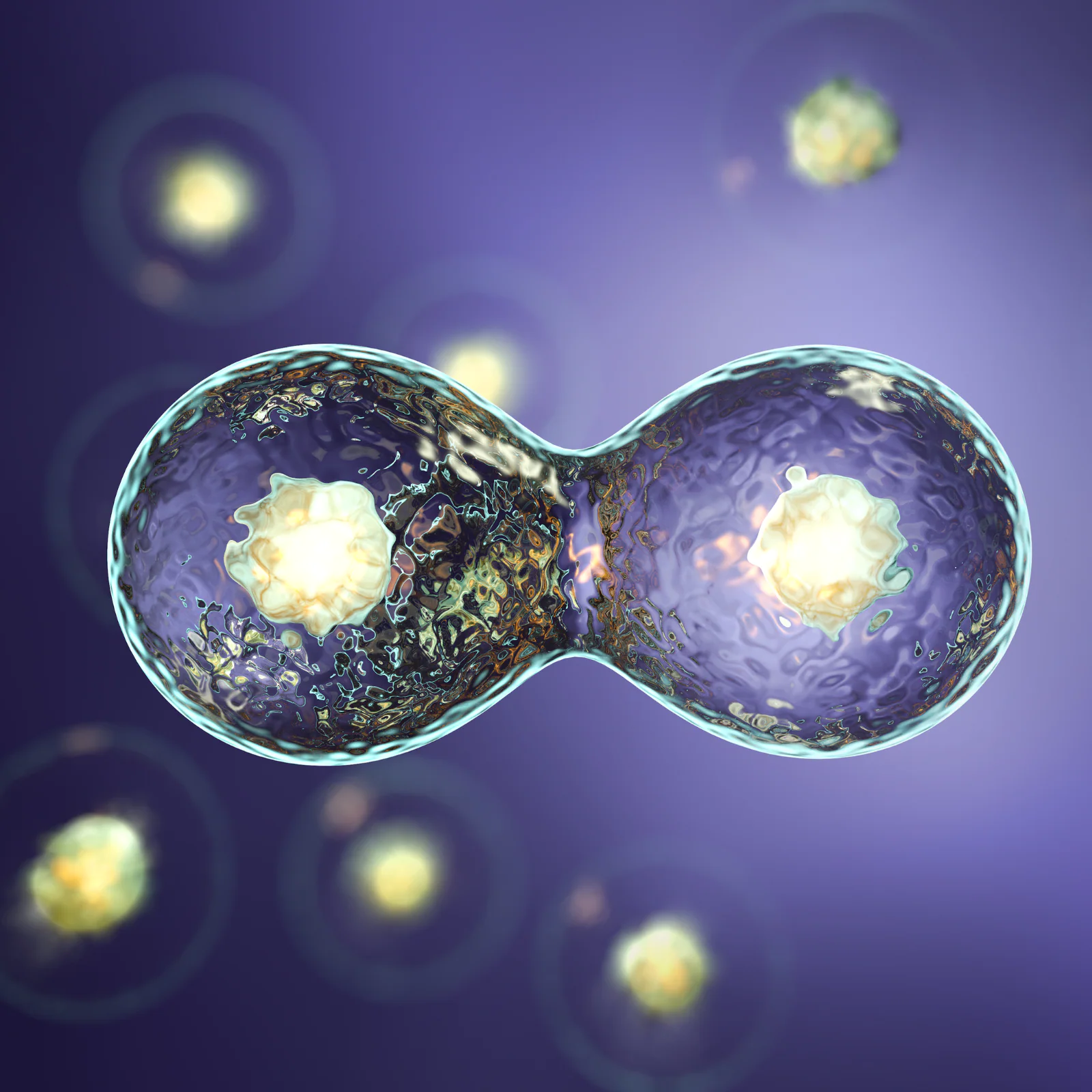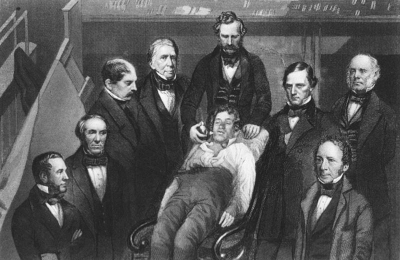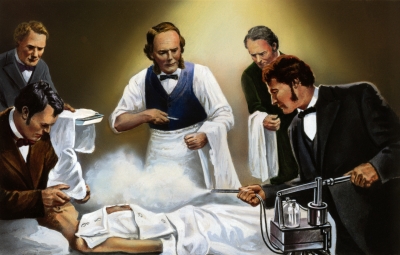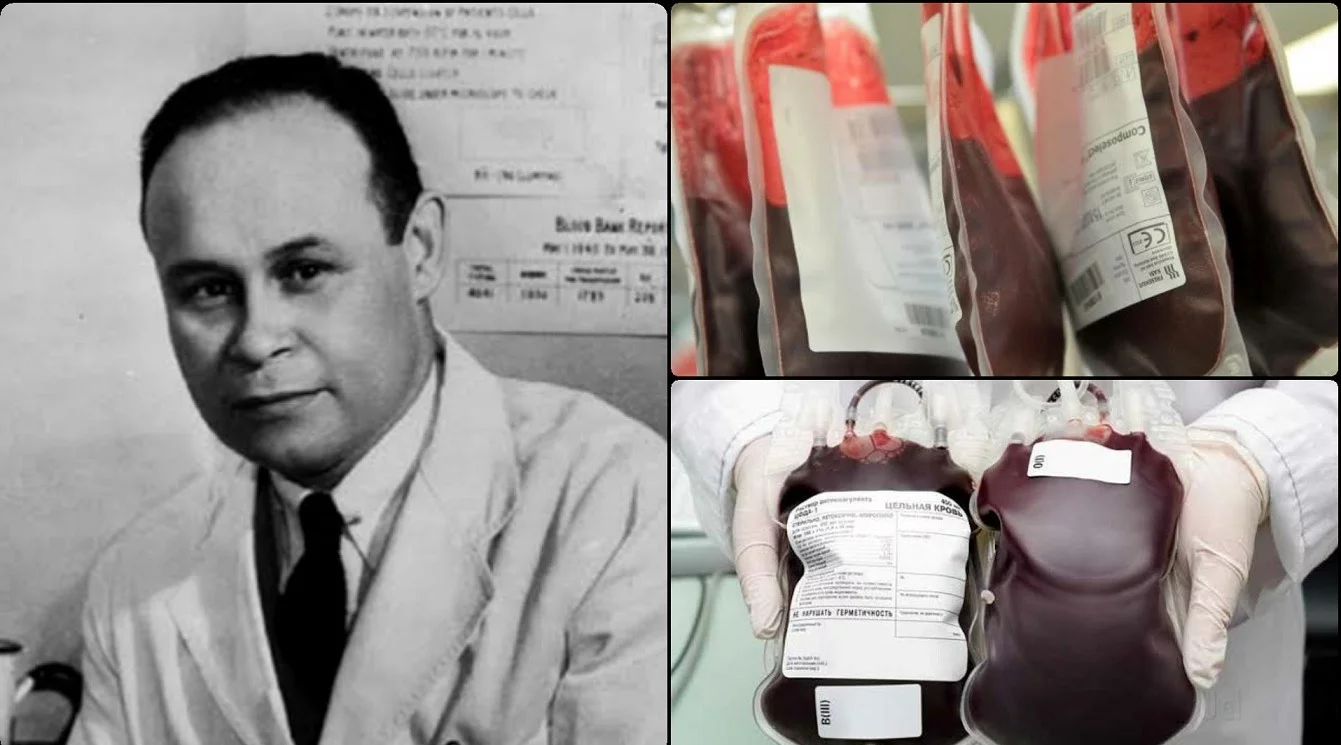
In a research breakthrough, scientists have created world's first synthetic embryo with a brain and a beating heart. The scientists used only stem cells to create synthetic mouse embryo models. Replete with a beating heart, and a brain, the embryo was created sans sperm, eggs and fertilisation.
The feat was achieved by researchers from the University of Cambridge. The team was led by Professor Magdalena Zernicka-Goetz. The result was the creation of a beating heart and brain. The work is the result of decades-long research.
The new findings will aid in reaching a better understanding about how tissues are formed during the natural course of development, that is in the case of natural embryos.
The breakthrough is key because it opens new frontiers for learning how the stem cells form into organs in the embryo. In the future, this could help grow organs and tissues using synthetic embryo models. They are called synthetic embryos as they are made without fertilised eggs. This will be a game-changer for human organ transplantation as transplantable tissues can be created thus.
"Our mouse embryo model not only develops a brain but also a beating heart, all the components that go on to make up the body," said Zemicka-Goetz, Professor in Mammalian Development and Stem Cell Biology in Cambridge's Department of Physiology, Development and Neuroscience in a release issued by the university.
"The stem cell embryo model is important because it gives us accessibility to the developing structure at a stage that is normally hidden from us due to the implantation of the tiny embryo into the mother’s womb. This accessibility allows us to manipulate genes to understand their developmental roles in a model experimental system." Zernicka-Goetz added in the release.
For the development of the synthetic embryo, cultured stem cells representing the types of tissues were put together in a suitable environment that aided in their growth. One of the major achievements of the study is the growth of the entire brain, especially the anterior part of the brain.
The present research was being carried out in mouse models and the researchers plan to develop human models. This will aid in studying those aspects of the organs that would not be possible in real embryos.
The researchers are also developing an analogous model of the human embryo to further their studies. This is crucial as all these findings can help understand why some human pregnancies fail. The understanding at the embryo level is crucial as the majority of human pregnancies fail at the developmental stage.
WHAT ARE STEM CELLS?
Our body is home to hundreds of types of cells. A majority of them begin as stem cells. They carry within them instructions to develop into specialised cells such as muscle, blood or brain cell. In short, stem cells are human cells that grow into different cell types ranging from brain cells to nerve cells. They can be used to treat damaged tissues. Stem cell-based therapies are being carried out for serious medical conditions such as Alzheimer's, Parkinsons' and other genetic disorders.
MAJOR BREAKTHROUGHS IN STEM CELL RESEARCH
1981: Embryonic stem cells identified in mice for the first time by Martin Evans of Cardiff University, UK.
1997: The first artificial animal clone, Dolly the sheep, created. It was a turning point in stem cell research.
1998: Human embryonic stem cells were isolated and grown in the lab. 2007 The Nobel Prize in Medicine, 2007, was given to Mario R. Capecchi, Sir Martin J. Evans and Oliver Smithies "for their discoveries of principles for introducing specific gene modifications in mice by the use of embryonic stem cells."
2012: Human embryonic stem cells used in two patients. It helped improve their vision.
2022: The Ogawa-Yamanaka Stem Cell Prize was awarded to Juan Carlos Izpisua Belmonte for his work on cellular rejuvenation programming aimed at improving age-associated diseases.
Picture Credit : Google



